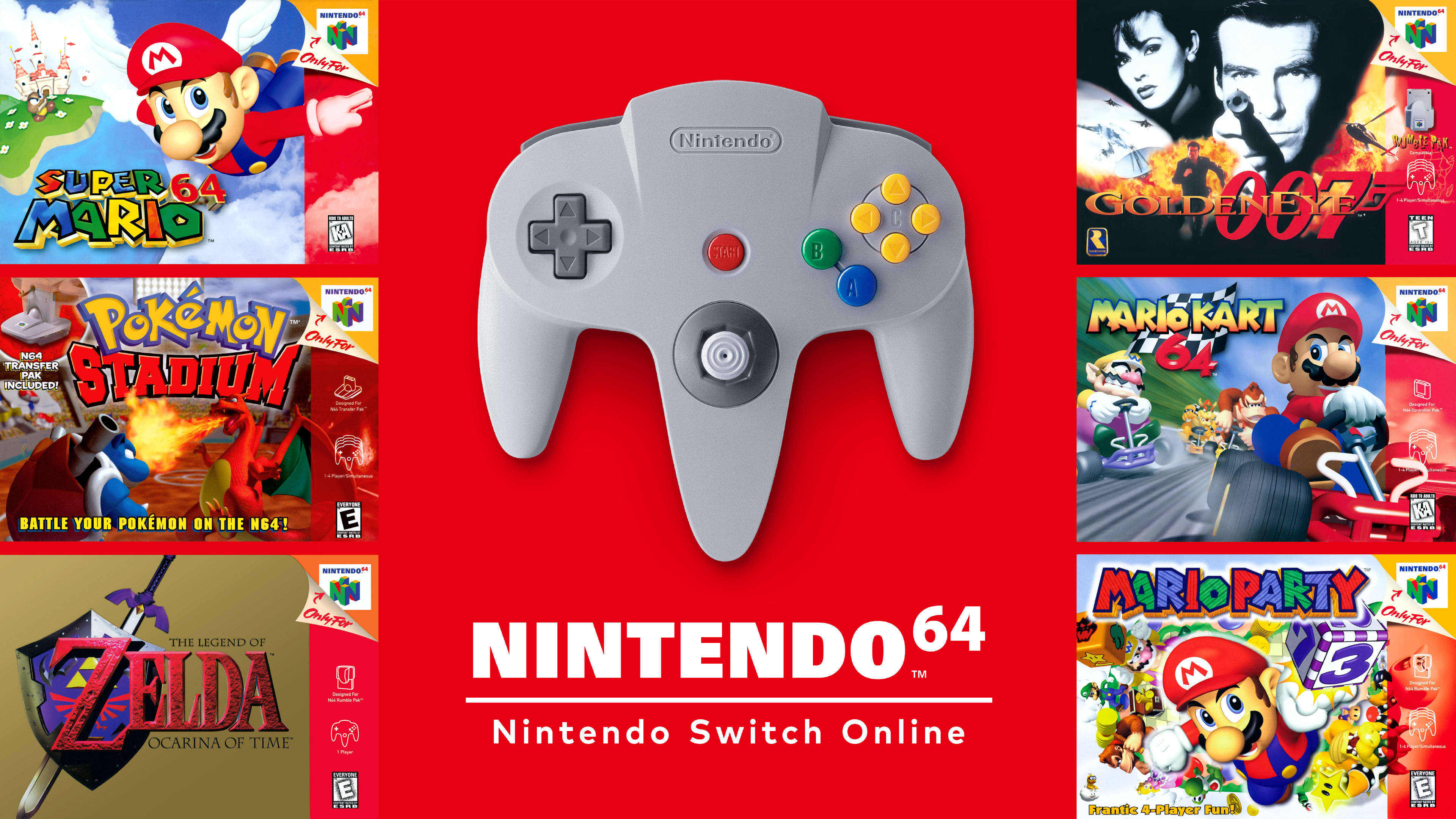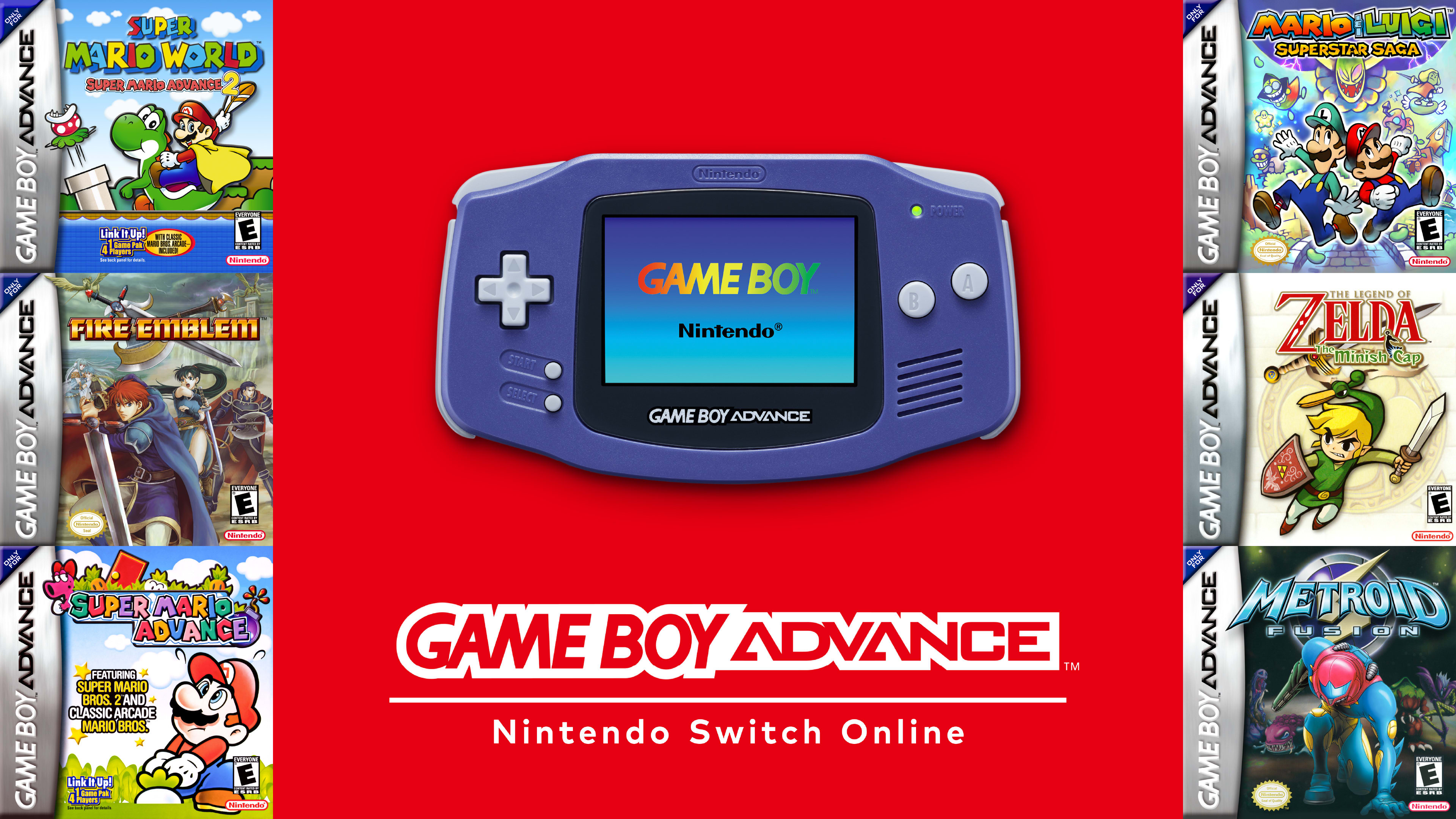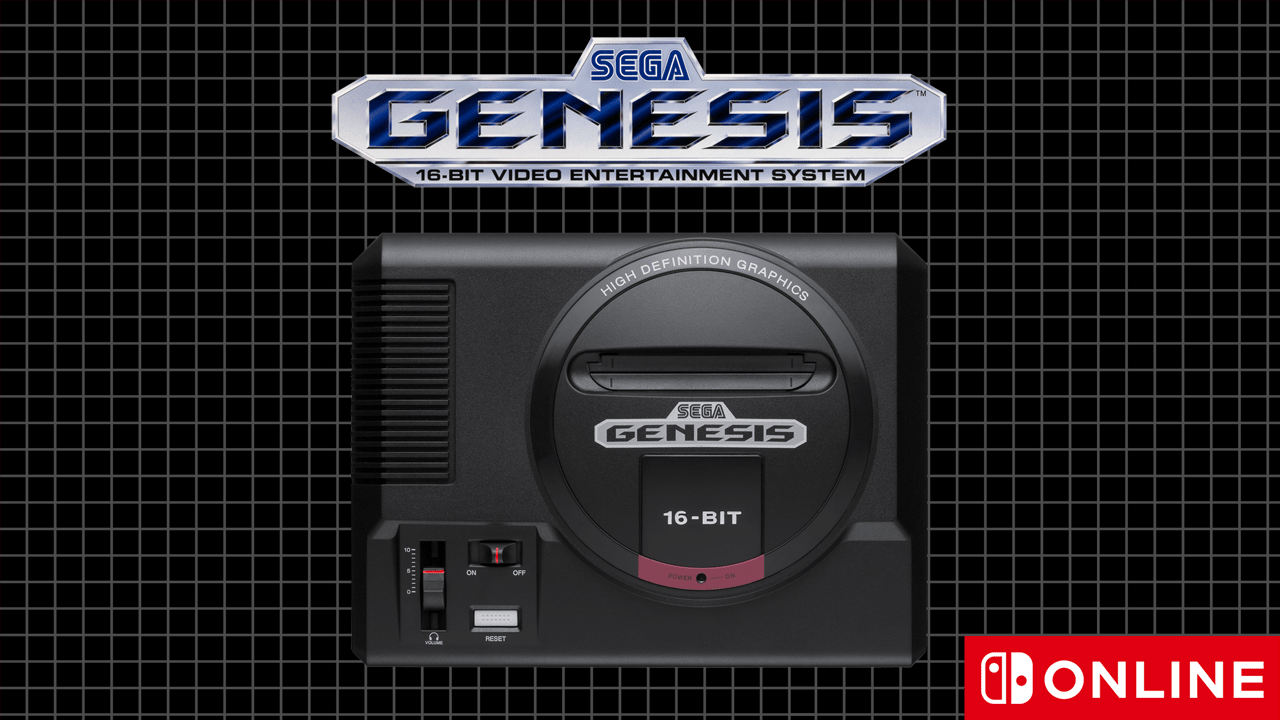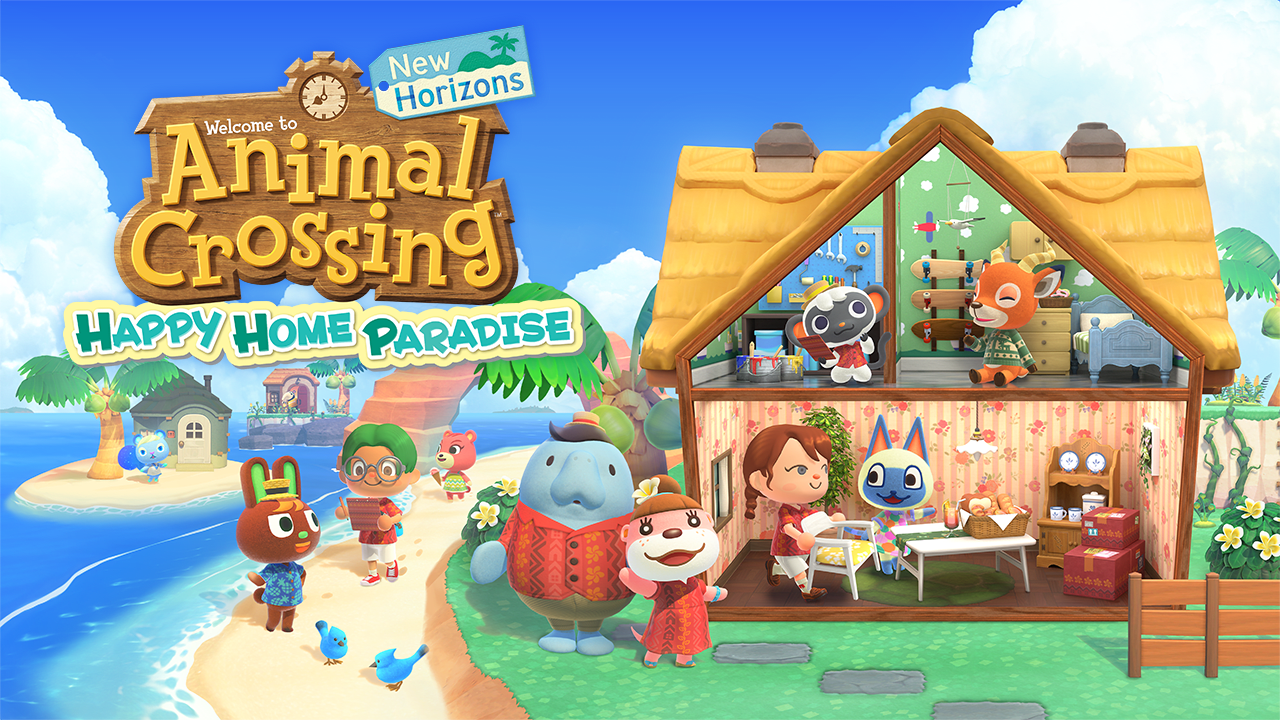Nintendo Switch Online + Expansion Pack
Nintendo Switch Online + Expansion Pack
Get all the benefits of Nintendo Switch Online, plus access to classic Nintendo 64, Game Boy Advance, and Sega Genesis games, along with select DLC.
Nintendo 64 – Nintendo Switch Online
Party like it’s 1996 with classic Nintendo 64™ games like Mario Kart™ 64, GoldenEye 007, The Legend of Zelda™: Ocarina of Time™, and more!
See full list
Game Boy Advance – Nintendo Switch Online
Includes classics like The Legend of Zelda™: The Minish Cap and Super Mario™ Advance 4: Super Mario Bros.™ 3.
See full list
SEGA Genesis – Nintendo Switch Online
Nintendo Switch Online + Expansion Pack members also get access a collection of SEGA Genesis™ games—like Sonic the Hedgehog 2 and Golden Axe—that are great to play anytime, anywhere!
Learn more
Access DLC at no additional charge
Your Nintendo Switch Online + Expansion Pack membership gives you access to select DLC* at no additional charge!
Mario Kart 8 Deluxe – Booster Course Pass
A total of 48 courses from throughout the Mario Kart™ series are racing to the Mario Kart 8 Deluxe game! Content will release in 6 waves until the end of 2023.
Learn more
Animal Crossing: New Horizons – Happy Home Paradise
Join Lottie and her team on a distant resort archipelago and help turn the dream vacation homes of your favorite Animal Crossing characters into a reality. Get creative with furniture and design options, then share your ideas with players all over the world!
Learn more
Splatoon™ 2: Octo Expansion
Play as an Octoling in this large-scale downloadable content that features a full-on single-player adventure spanning 80 missions starring Agent 8, a character who awakens on a dark subway platform.
Learn moreHow to download DLC
Learn how to download DLC with your Nintendo Switch Online + Expansion Pack membership in this helpful video.
Compare membership plans
Wondering which Nintendo Switch Online membership you should purchase? See what each plan offers and decide which one fits you best.
Don’t forget—you can team up with seven other people with a Family Membership! Each of you can enjoy all the benefits of a Nintendo Switch Online + Expansion Pack for only about $10 per person a year—share the fun and share the savings!
Membership type
Nintendo Switch Online
Nintendo Switch Online + Expansion Pack


Maximum Nintendo Account(s)
See how many users are allowed with each type of membership.
1
1
Online Play
Enjoy online play in compatible games like Splatoon™ 3 and Mario Kart™ 8 Deluxe. Learn more
Nintendo Entertainment System™ - Nintendo Switch Online
Play—or replay—classic games like Super Mario Bros.™, Metroid™, and more. Learn more
Super Nintendo Entertainment System™ - Nintendo Switch Online
Jump into favorites like Super Mario Kart™, Donkey Kong Country™, and more. Learn more
Game Boy™ - Nintendo Switch Online
Includes classics like Kirby’s Dream Land™, Metroid II - Return of Samus, and Super Mario Land™ 2 - 6 Golden Coins™. Learn more
Save Data Cloud
Your save data is automatically stored safely online for compatible games. Learn more
Nintendo Switch Online App
Open the app on your smartphone or tablet to access special features in supported games. Learn more
Special Offers
Enjoy exclusive deals and content with your membership, including Nintendo Switch Game Vouchers! Learn more
Nintendo 64™ – Nintendo Switch Online
Play classic Nintendo 64™ games like Mario Kart™ 64 online with friends. Learn more
Game Boy Advance™ – Nintendo Switch Online
Includes classics like The Legend of Zelda™: The Minish Cap and Super Mario™ Advance 4: Super Mario Bros.™ 3. Learn more
Mario Kart™ 8 Deluxe – Booster Course Pass**
Play additional courses from throughout the Mario Kart™ series. Learn more
Animal Crossing™: New Horizons - Happy Home Paradise**
Join Lottie and her team on a distant resort archipelago.
Learn more
Splatoon™ 2: Octo Expansion**
Play as an Octoling in this full-on single-player adventure.
Learn more
SEGA Genesis™ – Nintendo Switch Online
Access a collection of SEGA Genesis games like Sonic the Hedgehog 2 and Golden Axe. Learn more
Watch these videos to learn more about the features included in each membership option.

Try Nintendo Switch Online for free!
Want to try before you buy? Test out a Nintendo Switch Online membership with a free 7-day trial.
Frequently asked questions
Here are some frequently asked questions (and answers!) about Nintendo Switch Online and Nintendo Switch Online + Expansion Pack.
What free games do you get with Nintendo Switch Online + Expansion Pack?
A paid Nintendo Switch Online + Expansion Pass membership includes additional benefits like access to the Nintendo 64™ - Nintendo Switch Online and SEGA Genesis™ - Nintendo Switch Online game libraries. For the most up-to-date information, select Nintendo Switch Online from the HOME Menu of your Nintendo Switch console.
What DLCs are included Nintendo Switch Online + Expansion Pack?
A paid Nintendo Switch Online + Expansion Pass membership includes access to add-on content like the Mario Kart™ 8 Deluxe - Booster Course Pass, the Splatoon™ 2: Octo Expansion, and the Animal Crossing™: New Horizons – Happy Home Paradise DLC. Please note that the full games are required to play the DLC. For the most up-to-date information, select Nintendo Switch Online from the HOME Menu of your Nintendo Switch console.
Is a free trial available for Nintendo Switch Online + Expansion Pack?
One free, seven-day trial of the Nintendo Switch Online service is available per Nintendo Account, through Nintendo eShop on your device. A free trial for Nintendo Switch Online + Expansion Pack, however, is not available.
Is Nintendo Switch Online + Expansion Pack available in my region?
Nintendo Switch Online + Expansion Pack is offered everywhere that Nintendo Switch Online is available.
How often are games added to Nintendo Switch Online?
Select games are added throughout the year and more will be added in the foreseeable future. For the latest updates, choose Nintendo Switch Online from the HOME Menu of your Nintendo Switch console.
Any Nintendo Switch Online membership (sold separately) and Nintendo Account required for online features. Paid Nintendo Switch Online + Expansion Pack required to play the Nintendo 64 – Nintendo Switch Online, Game Boy Advance - Nintendo Switch Online and SEGA Genesis – Nintendo Switch Online collections of games, and to access the Mario Kart 8 Deluxe – Booster Course Pass, Animal Crossing: New Horizons – Happy Home Paradise and Splatoon 2: Octo Expansion DLC at no additional cost. Free trial automatically converts to 1-month auto-renewing membership unless automatic renewal is turned off by the end of the free trial. Credit card / PayPal account required for 18+. Free trial cannot be redeemed by a Nintendo Account with an active individual membership or family membership. Persistent Internet, compatible smartphone, and Nintendo Account age 13+ required to access some online features on the app, including voice chat. Data charges may apply. Online features, Save Data Cloud, and Nintendo Switch Online smartphone app features available in compatible games. Not available in all countries. The Nintendo Account User Agreement, including the Purchase and Subscription terms, apply. nintendo.com/switch/online/
*Paid Nintendo Switch Online membership required at the time of purchase and redemption of Nintendo Switch Game Vouchers. Nintendo Switch Game Vouchers must be redeemed within 12 months from purchase date, have no cash value, and cannot be transferred, returned, or redeemed for cash. Each Nintendo Switch Game Voucher may be redeemed for one game offered as part of the catalog. To receive promotional value, Nintendo Switch Game Vouchers must be redeemed for two games with a cumulative price that is higher than the purchase price of the Nintendo Switch Game Vouchers. Nintendo Switch Game Vouchers may not be combined with any other sale, discount, or promotional offer unless otherwise specified. Game catalog subject to change.
**Nintendo Switch Online + Expansion Pack members can access this DLC for no additional charge (Nintendo Switch Online members may access DLC but must pay like non-members). Full version of game required to use DLC for that game. Sold separately.
